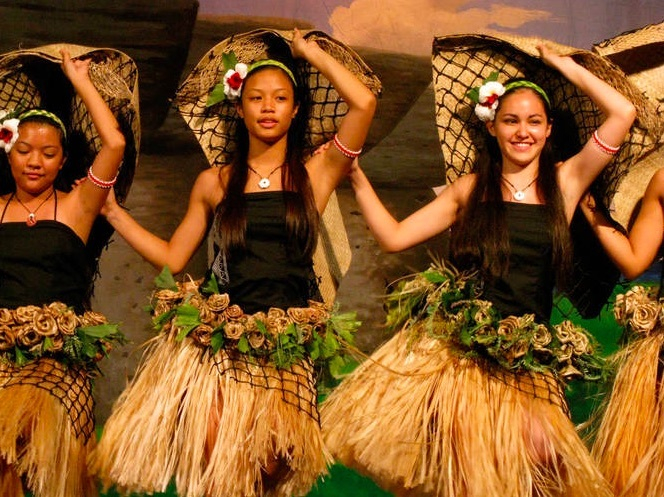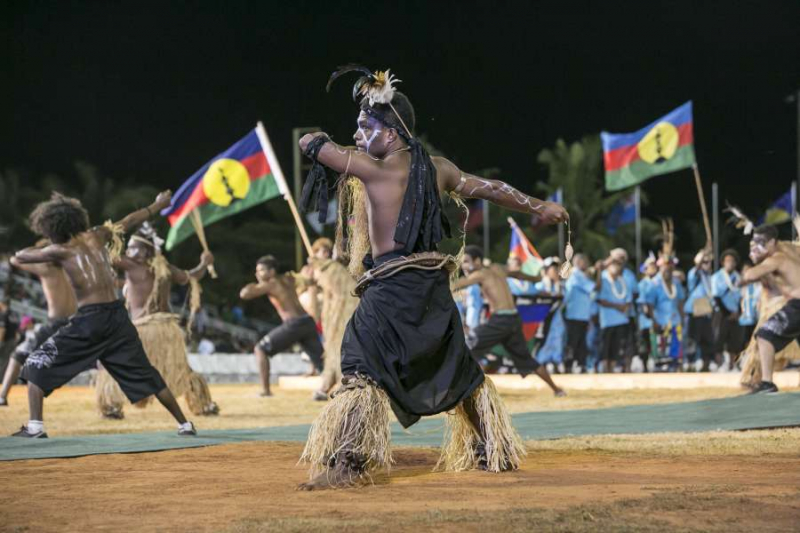Chamorro culture

Guam's unique culture, in addition to its appealing beaches, excellent hotels, and fantastic discounts, is a major draw. Despite conquering conquerors, wars and plagues, and shifting administrations, Guam's strong island legacy continue to endure. Guam's living culture has evolved from a neolithic base and has been shaped by historical events into a lively, modern way of life.
Catholic churches have been the focal point of village life since the 17th century. Even today, each community has a patron saint whose feast day is commemorated with a lavish fiesta attended by the entire island. Fandangos and baptism celebrations are still held at family gatherings (weddings, novenas, funerals, and death-anniversary rosaries). The rich Spanish heritage is evident in all of them.
The mestiza, a form of women's dress, and the architecture of Guam's southern communities are examples of Spanish influence. Countless Americans, Europeans, Asians, Micronesians, and other tourists have left their mark on the island's activities and preferences, but nowhere is the island's multi-cultural influence more visible than in its cuisine.














